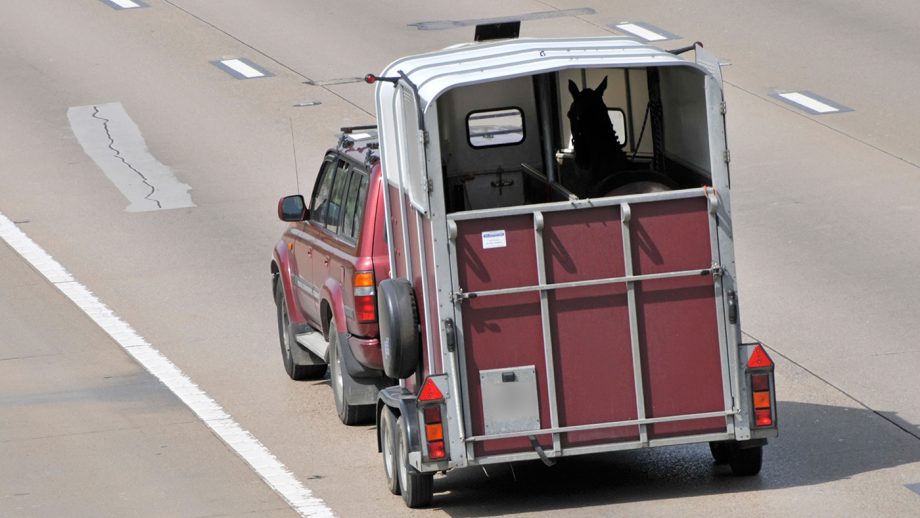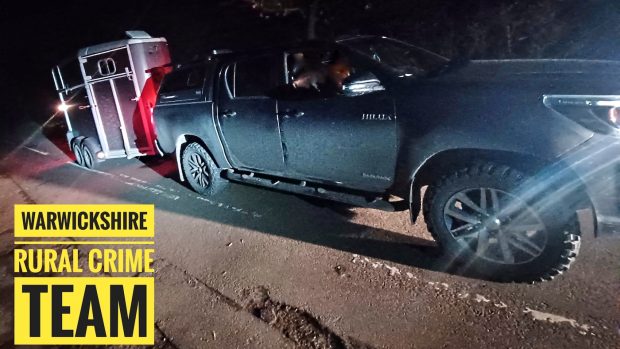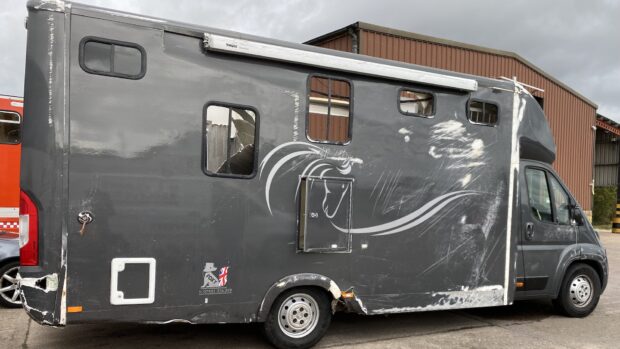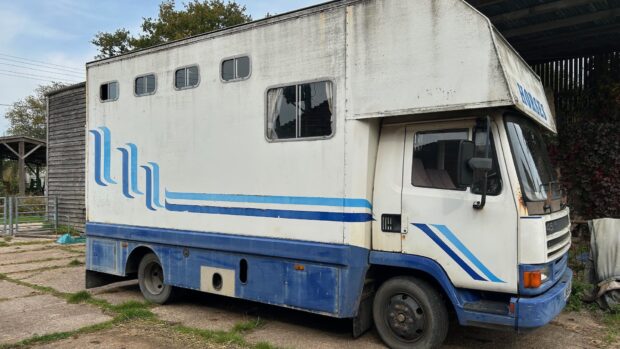Horsebox owners are being reminded to “be prepared before they travel” as winter approaches.
National Highways, formerly the Highways Agency, has called on all drivers to prepare for the change in seasons, while October is also tyre safety month.
“In an emergency, roadworthy tyres could be the difference between driving away and the unthinkable,” said Stuart Lovatt, chairman of TyreSafety, which runs the campaign.
It is also a timely reminder of the law change last year, meaning it is illegal for vehicles with a gross mass above 3.5 tonnes to use tyres over 10 years old on the front (steering) axle(s).
“There are actually unlimited fines in England and Wales, and fines of up to £5,000 in Scotland, if you are found to be in breach of that rule,” Claire Barker of PRP Rescue Services told H&H.
She added that it goes without saying that there is the safety aspect of why people should be complying with the law, which runs alongside the legal and financial implications of using unfit tyres.
“For us, tyres are by far the most common cause of breakdown of horseboxes leading to call-outs to us,” she said. “Of course there are times something unavoidable happens, but a huge amount of the time it’s due to tyres that perhaps should have been replaced before the point at which something happened.
“Because horseboxes are often not used every day, when they are parked up, the rubber can deteriorate really quickly. So it’s hugely important to regularly check the tread-depth of your tyres and the sidewalls for any kind of cracking or crazing.”
The latest Government figures show that condition of tyres was the top reason for HGV vehicles failing their MOT in January to March this year.
“Coming into winter, a lot of lorries are likely to be standing for longer periods of time, so it’s really important to keep an eye on those tyres,” added Ms Barker. “With the 10-year rule, which can only be a good thing, it’s important to realise that the spare wheel must also fall within that time period. If we attended a breakdown and were asked to fit a spare that was over 10 years old, rather than provide a new tyre, we wouldn’t be able legally to fit it and send the vehicle off on the road.”
Regardless of vehicle size – horsebox or car and trailer – roadworthiness of the vehicle and condition of all tyres is the driver’s responsibility. This also has potential insurance implications, too.
“Having a tyre blow-out can be so frightening and so dangerous, especially with horses on, as it is very difficult to control a vehicle with moving weight on the back,” she said.
Maintaining vehicles through the colder months is key and the work needed will likely depend on whether a box is used more or less frequently through the winter months.
“Even if you don’t plan on using it very frequently, make sure the fluid levels are topped up and that you’ve drained the [leisure] water tanks, keep an eye on your tyres, start it once a week or more frequently and even take it for a little drive,” she said.
“You never know when you might need to do an emergency vet run and the last thing you want is to discover the thing won’t start or the brakes are locked on.”
You might also be interested in:

Subscribe to Horse & Hound magazine today – and enjoy unlimited website access all year round

Focus on rotten floors and ramps in Horsebox Safety Week
Owners are urged to check vehicles carefully this Horsebox Safety Week.

Owners ‘putting horses’ lives at risk’ by failing to check horseboxes
NFU Mutual is urging parents to talk to their children about horsebox safety to help educate the next generation about

New trailer towing law finally comes into force three months after test scrapped

More people may be allowed to drive 7.5T horseboxes under new proposals
Horse & Hound magazine, out every Thursday, is packed with all the latest news and reports, as well as interviews, specials, nostalgia, vet and training advice. Find how you can enjoy the magazine delivered to your door every week, plus options to upgrade your subscription to access our online service that brings you breaking news and reports as well as other benefits.




